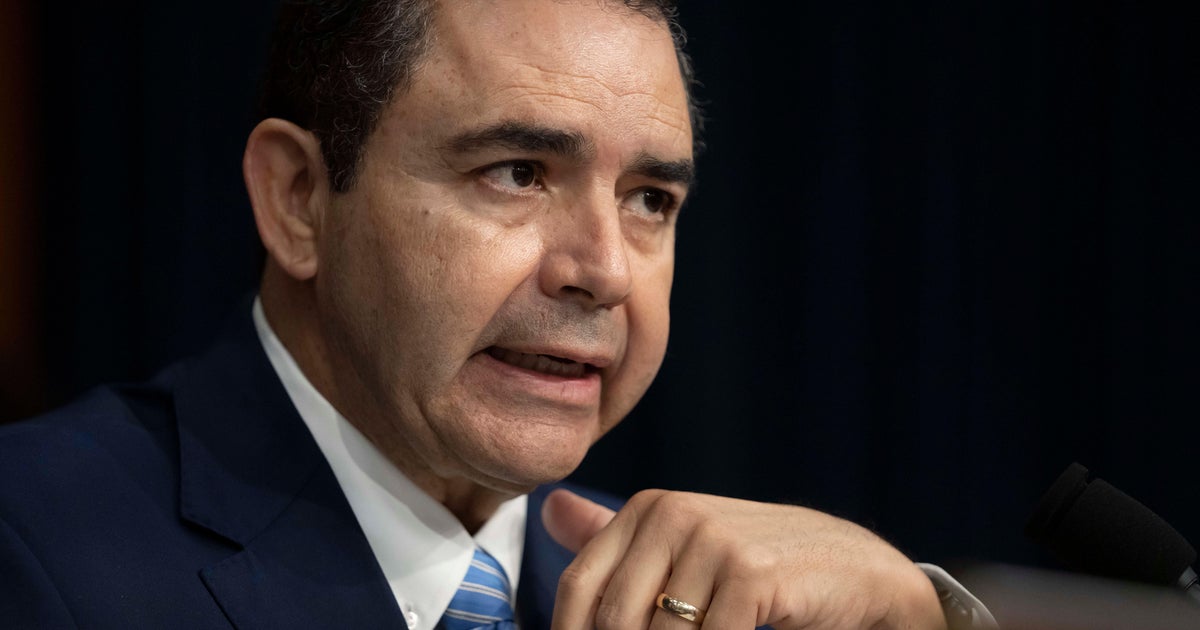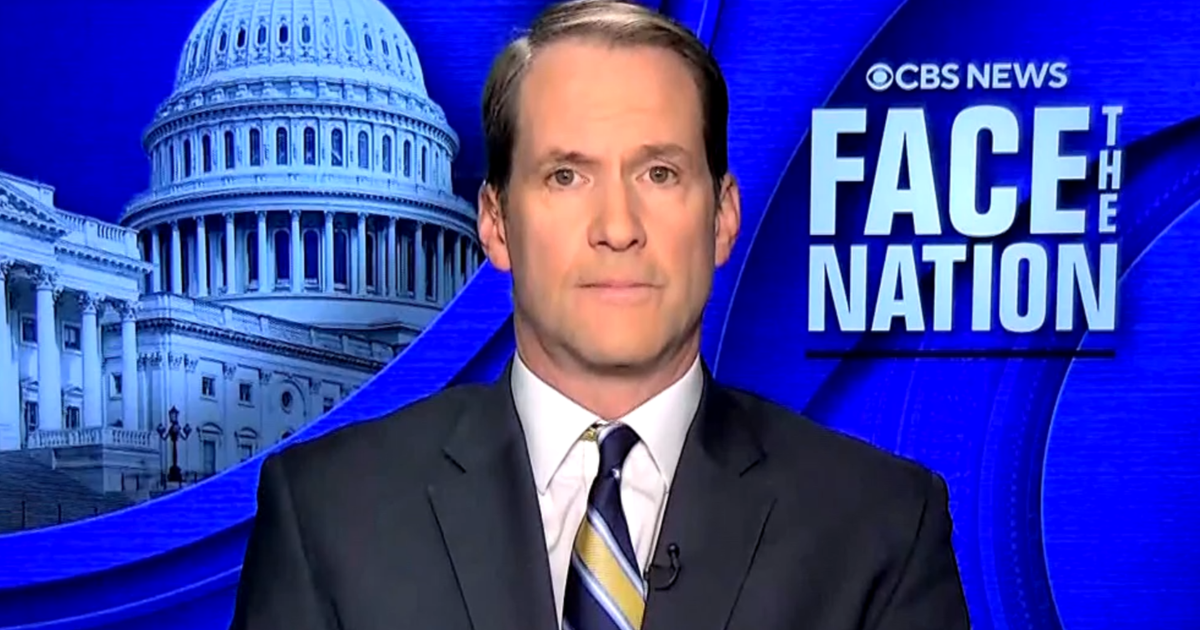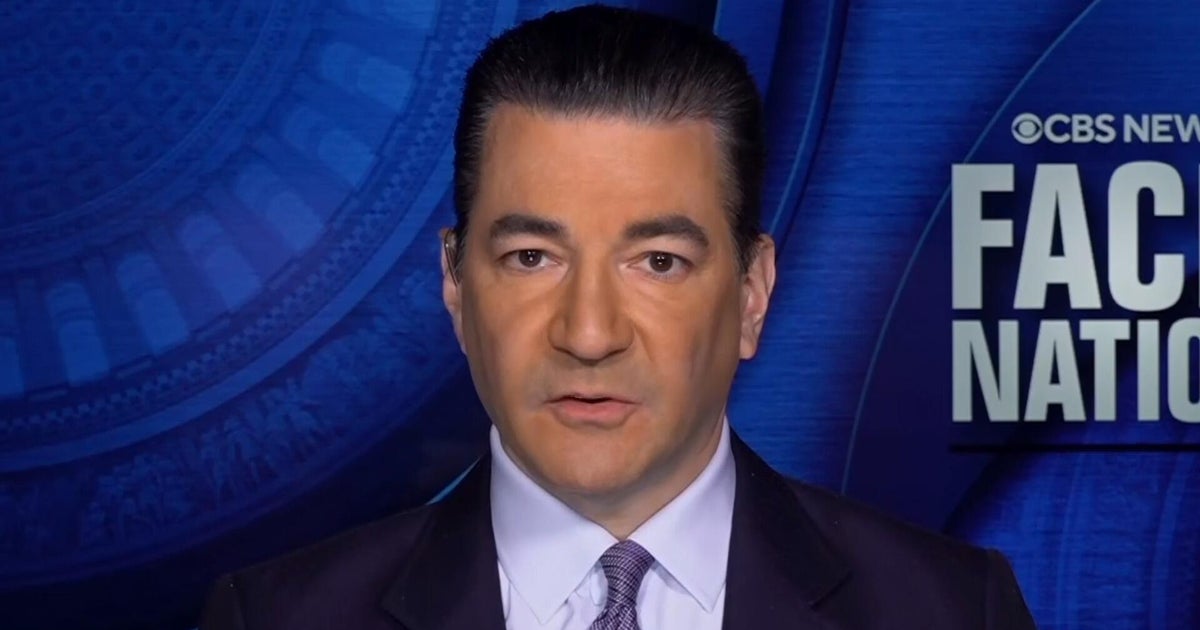Resembling underground cathedrals, two giant chambers beneath Sydney’s inner west are about to become the scene of a complex feat of engineering. Each 120 metres long, 26 metres high and 18 metres wide, the caverns carved out of sandstone under Birchgrove will serve as sites where two giant boring machines will be carefully pieced together in tight confines over the next four months.
Before reaching that point, hundreds of trips – mostly in the dead of night to avoid disruptions on City West Link – will be made to the caverns via surface roads and tunnels. Loaded onto special trailers or trucks, about 380 large pieces that make up the boring machines will be slowly transported from Glebe Island, where they are being temporarily stored after arriving on-board two ships from China.
Transport for NSW project director Simon Cooper said the caverns had been dug to exact specifications, leaving little room either side of the boring machines as they are pieced together underground.

Workers toil in one of the giant launch chambers for the tunnel boring machines.Credit: Kate Geraghty
“We built it, hopefully, just right. It is a Goldilocks sort of situation where we want to make sure that we are not building too small and we don’t have enough space to build, and at the same time not too big, where we are over-excavating and taking out too much spoil,” he explained.
By the middle of next year the two largest boring machines in the southern hemisphere will start worming their way northwards under Sydney Harbour from their so-called launch chambers to Waverton, leaving in their path what will become a three-lane motorway in either direction.
In completing the final 1.5-kilometre section, the $7.4 billion Western Harbour Tunnel will link the WestConnex motorway under the inner west to the Warringah Freeway in the north, allowing drivers to bypass the CBD. In preparation for the new harbour crossing, the Warringah Freeway is undergoing a $2 billion upgrade, causing delays for drivers when lanes are closed for construction at weekends before its completion next year.
Deep below Birchgrove, the chambers illustrate the scale of the mega-project. Completed about three weeks ago, the excavation of about 380,000 tonnes of sandstone and other rock to create the chambers – and a massive cross-passage to link the two – took about nine months. In each cavern a 500-tonne gantry crane, along with a smaller 60-tonne one, runs along rails on heavily reinforced ledges near the ceiling, and will be used to slot the large pieces of the boring machines into place.
“It’s a logistics nightmare to do this on the surface, let alone underground. We could only do it with a lot of computer modelling and a lot of experienced people,” Power said.
“You have things like welding … and lifting very, very heavy weights, and so you have to make sure safety is paramount. But at the same time you have to build in an environment which is almost like a factory-type situation, where you can assemble it safely [and] get to the relevant locations.”

Mechanical superintendent Martin Bell walks past some of the 380 pieces for the two tunnel-boring machines being stored temporarily at Glebe Island.Credit: Kate Geraghty
Everything has to be measured to pinpoint accuracy to avoid a situation where, for example, the gantry cranes could not lift parts of the boring machines into place because they were too heavy.
Likewise, the delivery of pieces is sequenced to the minute. “You’ve got to feed the beast. Logistics are one of the biggest challenges in the whole part of it,” said mechanical superintendent Martin Bell, who has helped piece together about 30 boring machines in his three-decade career.
A dress rehearsal was carried out in China, where the boring machines were built. They were assembled to ensure everything works and then pulled apart so they could be shipped to Sydney.
Likening it to piecing together a massive Meccano set, Power said installing a giant cutter head on each boring machine was “one big welding exercise” and required large amounts of scaffolding in the caverns.
Once they set off by mid-next year, the boring machines are expected to take nine to 12 months to tunnel to the north side. Spanish contractor Acciona will operate the machines – which dwarf those used to carve out Sydney’s metro rail tunnels – around the clock when they reach a section of alluvial fill beneath the harbour, to avoid them becoming stuck.

Boring-machine plant manager Leonardo Pia, left, and Transport for NSW project director Simon Cooper inspect part of a slurry treatment plant in a cavern.Credit: Kate Geraghty
“The highest risk for us is going under the harbour. We have got the best machine for doing it,” Power said.
“Tunnelling is complex and we are going underneath the harbour with alluvial fill. You don’t know, with tunnelling all the way, exactly what you’ll get until you get there. At the same time you can do everything in advance … in preparation for all the different scenarios.”
In a change of plans, trucks carrying spoil hundreds of times a day from the underground site will now drive directly into the M4 and M8 tunnels for WestConnex on their way to other projects or a support site at Emu Plains in western Sydney, avoiding the City West Link and other surface roads.
NSW Roads Minister Jenny Aitchison said the engineering involved in the first motorway crossing of the harbour in three decades was astounding. “It’s incredible to see how big it is. It kind of blows your mind,” she said.
Aitchison said the project was on track to be completed in 2028, noting lessons had been learnt from previous mega-projects. “We do have to keep a really tight eye on them all the time because things can blow out very quickly. But at the moment we’re on time [and] we’re on budget,” she said.
Once the 6.5-kilometre Western Harbour Tunnel is opened in 2028, motorists will be none the wiser about the giant caverns dug to build the project because they will be backfilled with spoil to road level, leaving three-lane tunnels that look exactly like the rest of the toll road.
Aitchison said the new motorway would cut traffic on the Western Distributor by 35 per cent, the Sydney Harbour Tunnel by about 20 per cent and the Harbour Bridge by about 17 per cent.
“You’re talking about two tunnels, three lanes in either direction. So that’s a huge amount of extra capacity crossing the harbour. That will be a game changer,” she said, adding that it will reduce travel times for motorists by up to 20 minutes in some areas.
“It really will change the way people move across the city.”


















































